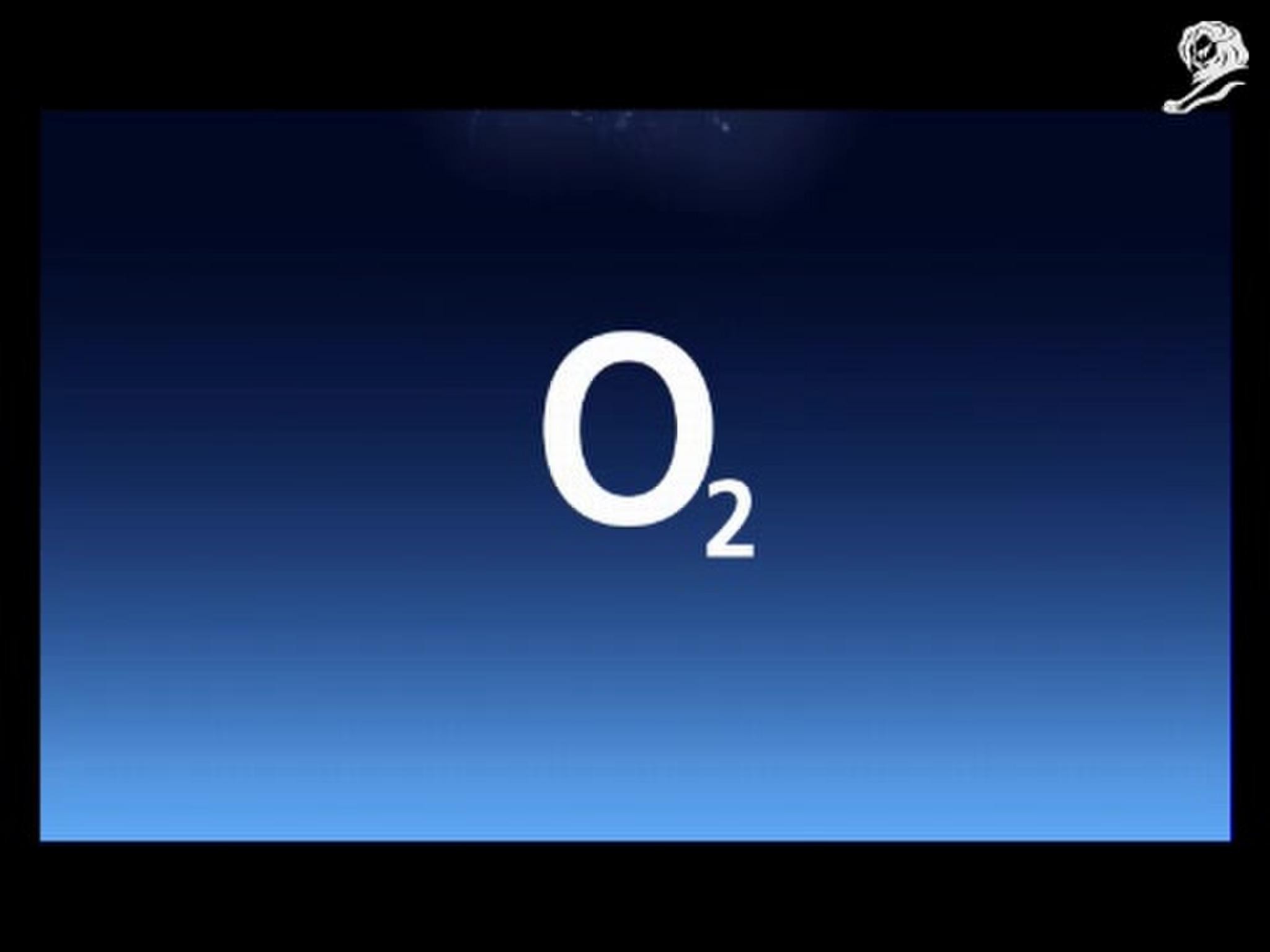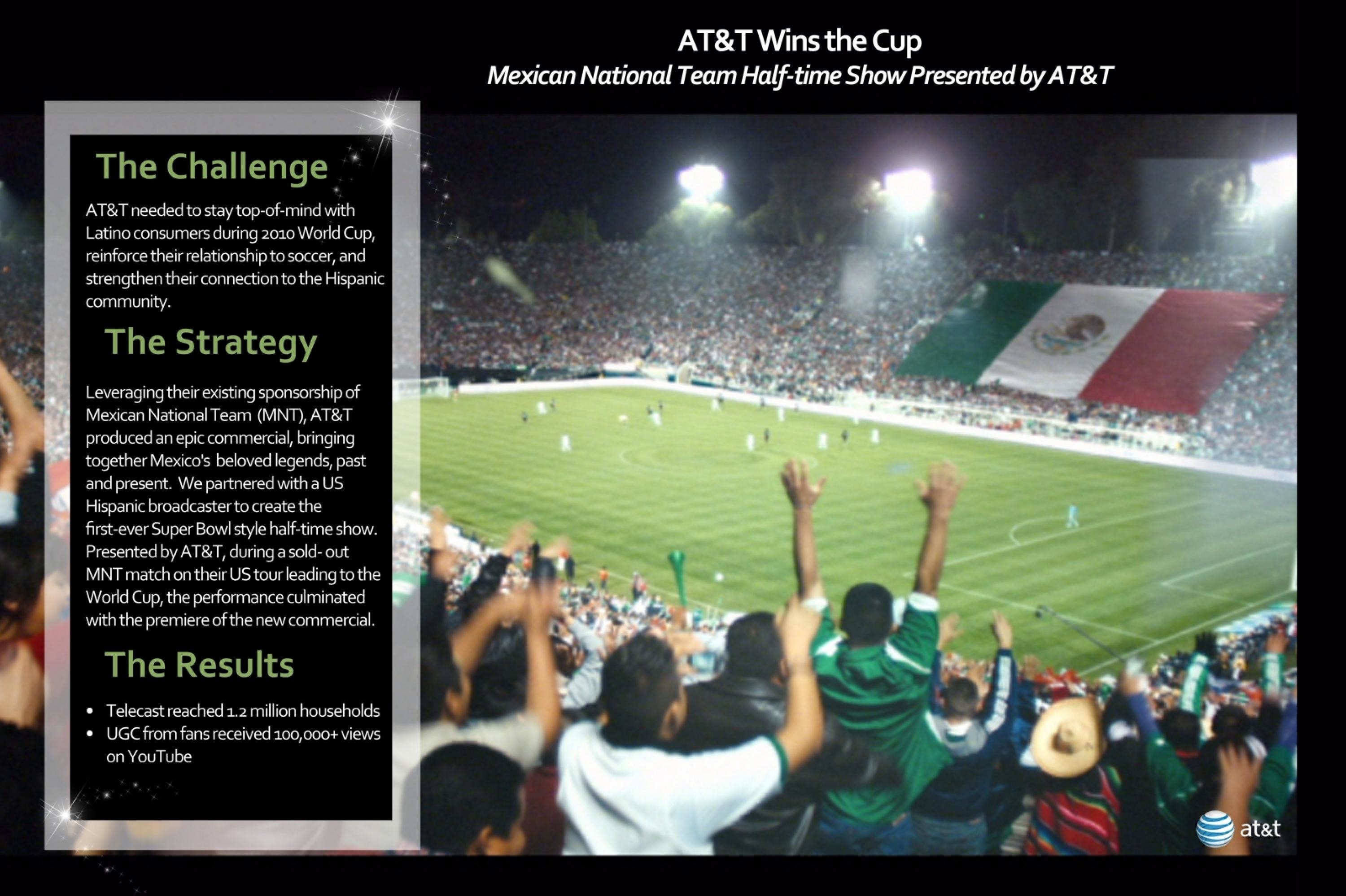Cannes Lions
The Face of Distracted Driving
BBDO NEW YORK / AT&T / 2019



Overview
Entries
Credits
Overview
Background
N/A
Idea
We focused on two true stories about two young men, Caleb and Forrest. Each story opens on a young man speaking to camera about how his life might have turned out differently. After cutting to images of each as a child, it’s revealed that this is what he’d look like today—if he hadn’t been killed by a distracted driver. We then fade to a newspaper clipping of his death.
To craft these stories, we worked carefully with victims’ families, forensic artists, and visual effects teams to bring Forrest and Caleb “back to life,” so they could explain their deaths in their own words.
Then we extended the idea into two documentaries, shot by Errol Morris. Through extended interviews with family members, the films explore the true depth of loss experienced by those left behind after one of these events.
Strategy
Rational arguments had run their course. To fight irrational behavior, we needed to maximize emotional impact. Building on our behavioral science work, we developed three hypothetical messaging strategies, with a different emotion at the core of each: shame, guilt, and empathy. We knew we would have to stir people on a truly visceral level to jolt them out of their compulsive behavior.
Given this new ambition, we saw standard advertising research methodologies as woefully inadequate. The last thing we needed was an awareness or persuasion score. We needed to accurately measure true emotional response in real time.
So, we created a suite of 39 digital videos, each based on one of our three candidate emotions. We launched them on Facebook, utilizing continuous testing methodologies (including live surveys in partnership with MetrixLab, Facebook’s beta research tool Creative Compass, and front-end DSP data) to measure the many dimensions of emotional engagement.
Our testing process revealed that empathy was the most effective emotional strategy, and that within the empathy pool of 13 executions, “Faces of Distracted Driving” was outperforming everything else. Armed with this data, our creative teams began to build on the idea, honing their stories, the craft and their emotional power.
Execution
After a decade raising awareness and changing opinion, AT&T’s 2019 “It Can Wait” campaign faced a new challenge. Ninety-eight percent of Americans see distracted driving as dangerous,(1) but 87% of drivers self-report that they still drive distracted.(2) We were up against one of the quintessential problems of human behavior: how do you get people to stop a compulsive action when they already know it’s dangerous and wrong?
So we worked with a behavioral scientist, learning that strong emotional messaging would be most effective in changing behavioral intent, and that behavioral intent was the strongest predictor of changed driving habits, accounting for 31% of all variance in driving behavior.(3)
We then developed three emotional hypothesis, leveraging shame, guilt, and empathy, respectively, with creative executions against each. But we needed to determine which hypothesis and execution would be most impactful.
Standard research methodologies were woefully inadequate. We needed to accurately measure true emotional response as it was felt and experienced in real time. So, we created a suite of 39 digital videos and launched them on Facebook, utilizing continuous testing methodologies to measure the many dimensions of emotional engagement.
This revealed empathy to be the most effective emotion, and “Faces of Distracted Driving” to be our strongest empathy-driving execution. “Faces” featured stories about two young men, Caleb and Forrest. Each story opens on a young man speaking to camera. As we hear each young man, we see home video footage of each as a young boy. When we cut back to him, it’s revealed that this is what he’d look like today – if he hadn’t been killed by a distracted driver.
To craft these stories, we worked carefully with victims’ families, forensic artists, and visual effects teams to bring Forrest and Caleb “back to life,” so they could explain their deaths in their own words. We extended the idea into long-form documentaries, shot by Errol Morris, which explore the true depth of loss experienced because of distracted driving.
Our most important communications task was to be emotionally impactful, and “Faces” shattered our expectations for emotional reaction: 93% of all viewers found the ad “emotionally moving” and a staggering 68% said they found it “extremely moving.”(4) We also saw unprecedented shifts in anticipated distracted driving: it fell by 56% among in-cinema viewers(5) and by 60% among viewers on Facebook. (6)
This campaign had over 73 million media impressions and over 13 million views in less than a week.(7) With well over half of all viewers changing their behavioral intent, and with behavioral intent so closely linked to real reductions in distracted driving, that means millions of safer drivers on the road.
1. AT&T/Kantar It Can Wait Q1 2018 Report.
2. Id.
3. Prof. Icek Ajzen, Theory of Planned Behavior Applied to the It Can Wait Campaign, June 9, 2017.
4. AT&T Screenvision Media Evaluation, Aug. 20 2018.
5. Id.
6. MetrixLab/Facebook, AT&T It Can Wait Ad-Vance Test, January 2018
7. Media data provided by media agency, September 2018
Outcome
Our communications task was to maximize emotional impact. We quickly saw that the emotional response to the work was exceptional: 93% of all viewers found the ad “emotionally moving” and a staggering 68% said they found it “extremely moving.”
As we expected from such emotional work, “Faces” drove major shifts in anticipated driving behaviour. A survey of in-cinema viewers showed a 56% decrease in anticipated distracted driving over control. On Facebook, 60% of viewers likewise stated the campaign would change their behaviour.
Of course, the real impact will be felt on the road. “Faces” had over 73 million media impressions and over 13 million views in less than a week. With well over half of all viewers changing their behavioural intent, and with behavioural intent so closely linked to real reductions in distracted driving, that means countless fewer tragedies – each as senseless as the lost lives featured in Faces.
Similar Campaigns
12 items





